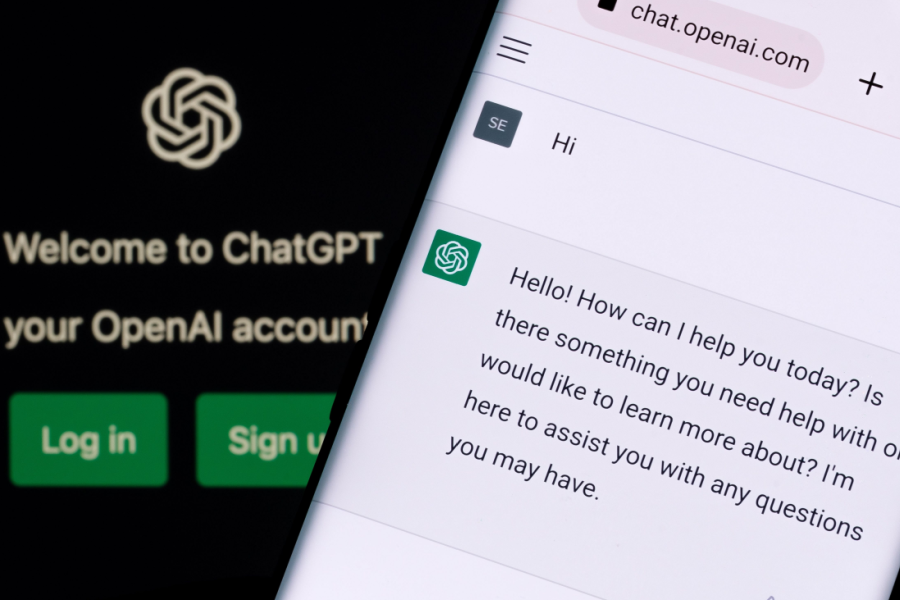The Affordable Care Act (ACA) has drastically shifted the health care landscape since it became law in 2010.
Patients who were previously barred from buying insurance due to preexisting conditions are now eligible to receive coverage. Medicaid expansion has drastically lowered the uninsured rate among low-income households. And, overall more patients have purchased health insurance.
But, despite its benefits, consumers have voiced several concerns about the prohibitively high price of copays, deductibles and premiums. High premium costs discouraged 46 percent of uninsured Americans from purchasing health insurance, according to the December 2015 Kaiser Health Tracking Poll from the Kaiser Family Foundation (KFF). Those who are insured are frequently deterred from using it due to expensive copays and deductibles.
As a part of the response to consumer complaints, more than a dozen markets, including Atlanta, Chicago, Dallas and Miami, will now offer free visits to primary care doctors in their networks, according to a Kaiser Health News article from Jan. 4.
Patients in these markets who purchase a plan with this specific benefit will be able to visit an in-network primary care physician for free.
Here’s a look at a few ways this change has the potential to affect your pharmacy.
1. More early stage illnesses
One goal of providing free primary care visits is to catch health conditions earlier, so they can be treated before they develop into more serious—and expensive—conditions, according to the Kaiser Health News article.
As a result, your pharmacy may start seeing more patients with first time fills for newly diagnosed conditions. Also, prepare to treat patients with early stages of serious illnesses that might not require medication yet, but do require lifestyle modification, or one of your pharmacy’s services.
For example, patients who visit a primary care physician might be diagnosed with prediabetes. Patients who don’t visit their physician might not get diagnosed until their symptoms progress to full-blown diabetes. Patients with prediabetes might not need prescription insulin, but they may need smoking cessation services and a nutrition class to help them improve their circulation and lose weight.
By catching these conditions in early stages, your pharmacy, patients and their health care team, can start to take steps to intervene and treat the condition before it progresses into a more serious, and expensive condition. Prepare your pharmacy to offer services, advice and products patients will need to treat the early stages of common conditions.
2. New patients
Plans featuring free primary care visits appeal to patients who previously didn’t visit physicians before because of cost concerns. But with these new plans, those patients will be more likely to visit their primary care physicians. This is expected to result in an influx of new patients into the health care system who previously had gone without treatment, according to the Kaiser Health News article.
There are also likely to be undiagnosed conditions among this population, so your pharmacy could see some new patients with first time fills. And, because they’ve gone without a primary health care provider, it’s likely that they also don’t have a regular pharmacy.
Reach out to primary care physicians in your area to let them know you’re willing to work with them to provide support for patients who are new to the health care system. Physicians will be happy to send new patients to someone they trust, and your pharmacy will benefit from the new patients.
3. More prescription, less over-the-counter
For minor conditions, many patients avoid seeing their primary care physician due to the cost, the time and other prohibitive factors. Instead, they might treat their symptoms with over-the-counter (OTC) products.
With the expanded access to primary care, some of these patients might opt to see their physician for issues they previously would have treated with OTC products, and get diagnosed and prescribed the prescription products they need, according to the Kaiser Health News article
For example, a patient might skip a trip to her physician’s office for something like a persistent cough, and instead, treat the symptoms with OTC medications, such as cough syrups, vapor rubs, pain relievers or cough drops.
With the new access to free primary care, the hope is that the patient will see the physician, which will help catch more serious conditions sooner, according to the Kaiser Health News article.
Your pharmacy may see a boost in scripts, as patients who typically would have treated their symptoms with OTC medication instead come in with a prescription.
Open enrollment in the Health Insurance Marketplace for 2016 closes Jan. 31. Here’s a look at 10 things you need to know before the deadline passes.












